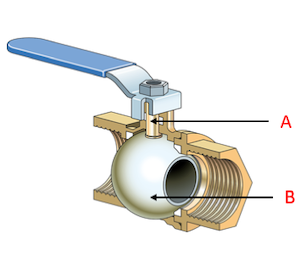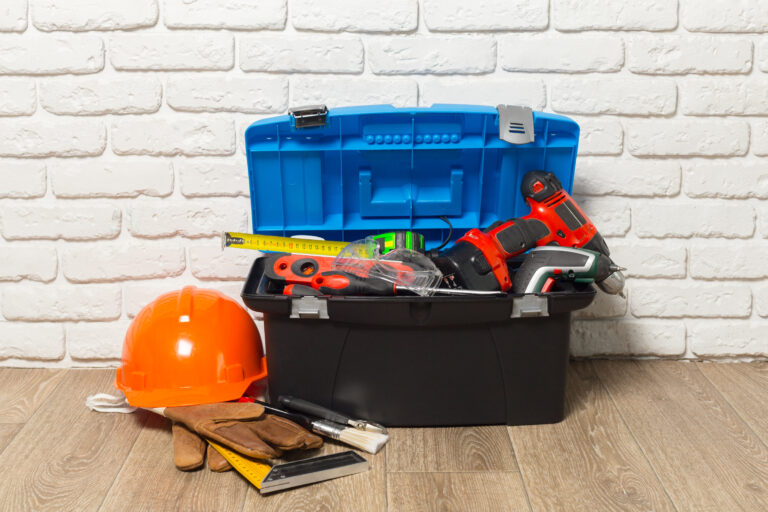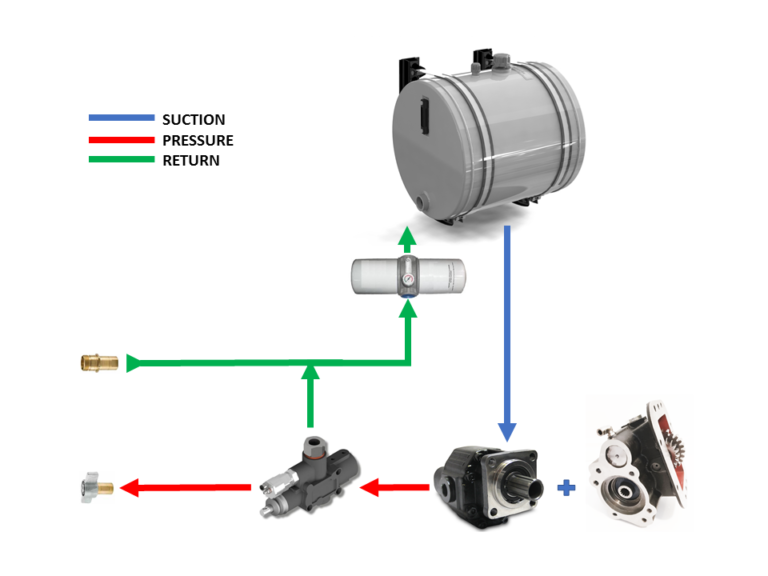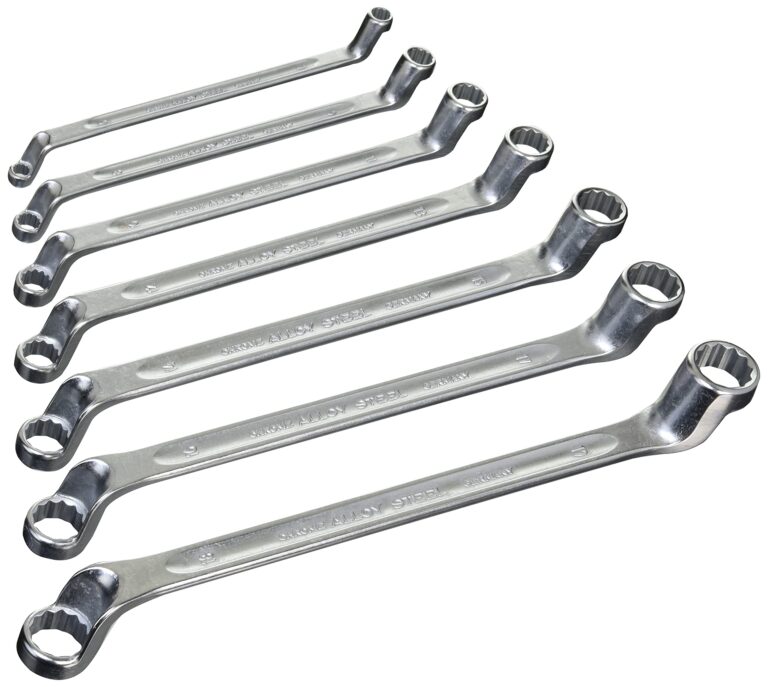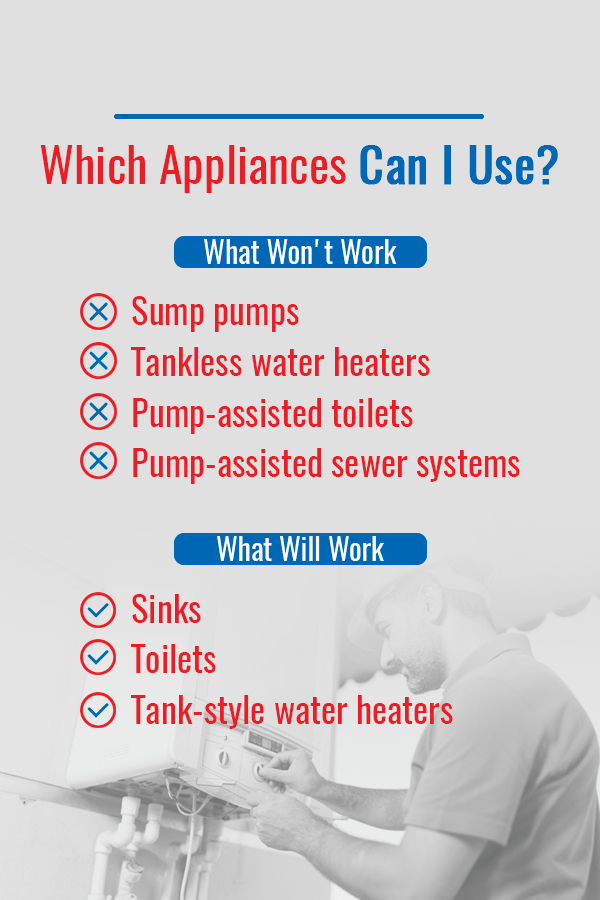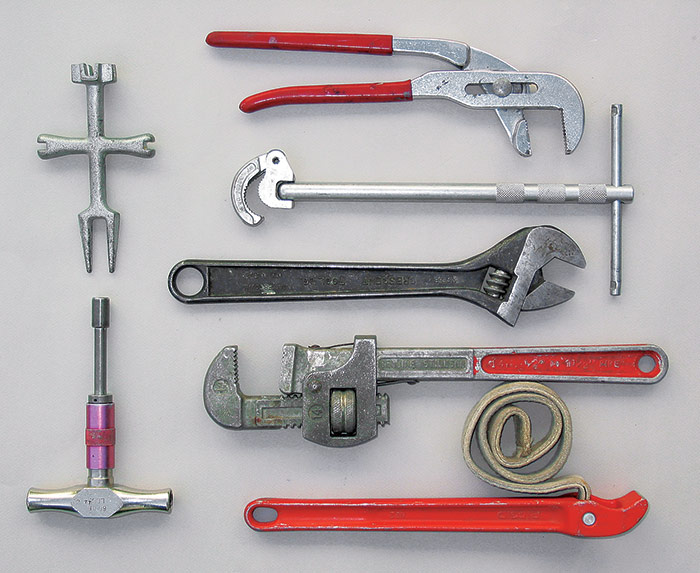What Is A Ball Valve In Plumbing?
A ball valve is a type of plumbing valve that is used to regulate the flow of water or other liquids by using a ball-shaped component to control the opening and closing of the valve. This type of valve is commonly used in plumbing systems, such as hot and cold water lines, to regulate the flow of water. Ball valves are known for their simple design, durability, and easy maintenance.

Definition of a Ball Valve
A ball valve is a type of valve that utilizes a ball-shaped disk to control the flow of a liquid or gas. Generally, these valves are opened and closed using a lever or handle, which rotates the ball within the valve, either opening or closing the flow of material. Ball valves are found in a wide variety of applications, from residential plumbing to industrial process control. They are most commonly used in systems that require frequent on/off operation, as they are easy to operate and require minimal maintenance. The simple, robust design of a ball valve makes it an excellent choice for a variety of applications, as it is able to provide reliable, precise flow control.
Types of Ball Valves
Ball valves are a type of valve that are known for their efficient operation and versatility. They are used in a wide variety of applications, from controlling water flow in plumbing systems to regulating pressure in industrial machinery. Ball valves are a popular choice because they are easy to install and maintain, as well as being able to handle a wide variety of pressures and temperatures. There are several types of ball valves, including full-port, reduced-port, trunnion-mounted, and floating-ball valves. Full-port valves offer the highest flow rate and are typically used in applications with high-pressure drops. Reduced-port valves limit the amount of flow, making them ideal for applications with low-pressure drops. Trunnion-mounted valves are used in applications that require the valve to be held in place, while floating-ball valves use a ball that floats on the inside of the valve body, allowing for free movement and precise control. Ball valves offer a reliable and cost-effective solution for many applications.
Components of a Ball Valve
A ball valve is an essential component to many industrial and commercial systems. It is a quarter-turn rotation valve that uses a hollow, perforated, and pivoting ball to control the flow of gas or liquid through a pipe. The ball is released by a handle, which is connected to the stem that rotates the ball. The ball has ports that allow the flow of the material through it when the ports are lined up with the flow of the pipe. The ball valve is a reliable and cost-effective valve that can be used in many applications. It is simple to install and maintain, and requires minimal effort to operate. Additionally, it is resistant to corrosion and freezing, making it an ideal choice for a variety of industrial and commercial needs.
Benefits of Using a Ball Valve
Ball valves are an incredibly versatile and reliable tool for controlling the flow of liquids and gases in plumbing and industrial applications. Ball valves provide a number of benefits over other types of valves, including:
1. Easily adjustable – Ball valves are designed to be easily adjustable, allowing for precise control of the flow. This makes them ideal for applications where frequent adjustments are needed.
2. Low pressure drop – Because of their design, ball valves have a low pressure drop, meaning that the flow through the valve is not significantly hindered, allowing for more efficient operation.
3. Durable and reliable – Ball valves are incredibly durable and reliable, meaning they can last for years with minimal maintenance. Additionally, they are less prone to sticking or jamming than other types of valves.
4. Flexibility – Ball valves are available in a variety of sizes and materials, making them suitable for a wide range of applications. This flexibility makes them a great choice for plumbing and industrial applications.
In short, ball valves are a great choice for controlling the flow of liquids and gases in plumbing and industrial applications. They are easily adjustable, have a low pressure drop, are durable and reliable, and are highly flexible.
Installation of a Ball Valve
A ball valve is a valve that is operated with a hollow sphere, which is typically made of metal and has a hole in the middle. This valve is used to control the flow of fluids in a variety of applications, such as plumbing, HVAC systems, and industrial processes. Installing a ball valve is a relatively simple process that requires the right tools and materials. Before starting, it is important to make sure the valve is sized and rated properly for the job. Once the valve is in place, the threads on the valve body must be lubricated with pipe joint compound and tightened with a wrench. Finally, the valve is tested for proper operation and leaks. With a few simple steps, a ball valve can be installed quickly and easily.
Troubleshooting a Ball Valve
Troubleshooting a ball valve can be a difficult and time consuming task. But with the right know-how and tools, you can get it done in no time. In this blog, we’ll go over the basics of how to diagnose and repair a faulty ball valve. We’ll cover common symptoms, troubleshooting steps, and how to replace faulty parts. Plus, we’ll share expert tips for making sure your valve continues to work properly in the future. So don’t just sit there and watch your ball valve fail – get to work and take control of the problem!
FAQs About the What Is A Ball Valve In Plumbing?
1. What type of materials are ball valves typically constructed from?
Ball valves are typically constructed of brass, stainless steel, carbon steel, and plastic.
2. How do I know if I need to replace my existing ball valve?
If you are experiencing leaks, discoloration, or rusting, it is likely that you need to replace your existing ball valve.
3. What are the benefits of using a ball valve in plumbing?
Ball valves are highly reliable and durable, making them a great choice for plumbing applications. They are also easy to use and maintain, making them a popular choice among homeowners. Additionally, they can be used to quickly shut off the flow of water, making them a great choice for emergency shut offs.
Conclusion
A ball valve is a type of plumbing valve used to control the flow of liquids. It is constructed with a rotating ball inside that has a hole or port in it, and a handle or lever to operate the ball. When the handle is turned to align the hole of the ball with the pipe, the liquid can flow through the valve. When the handle is turned to align the solid part of the ball with the pipe, the liquid is blocked, and flow is stopped. Ball valves are known for their reliability and durability, making them an ideal choice for commercial and residential applications.

